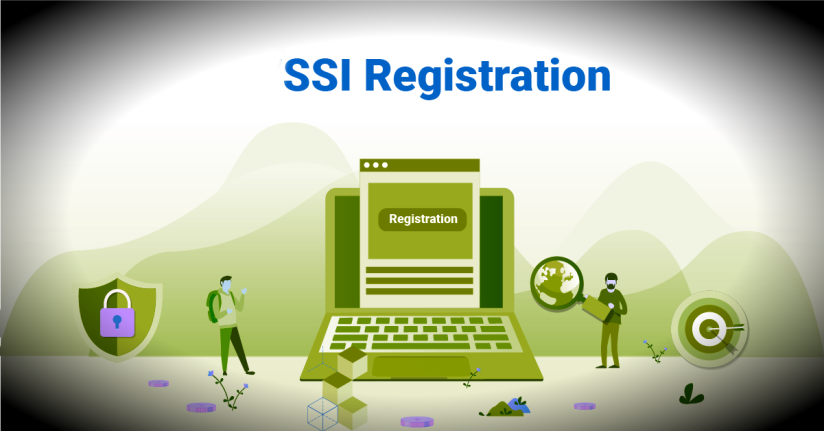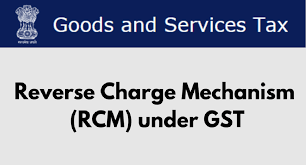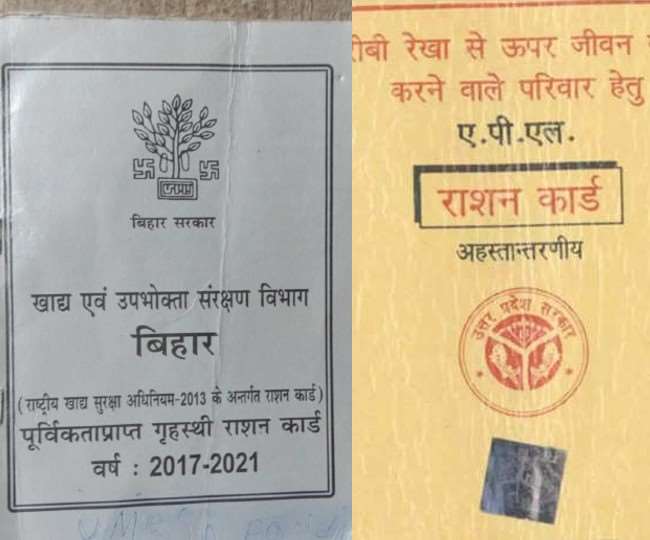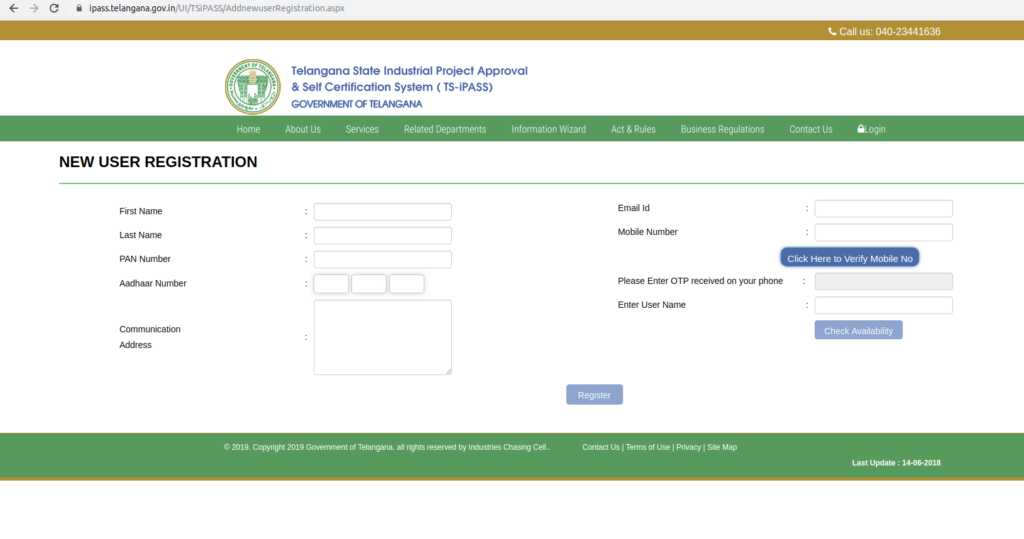How to get SSI Registration Online
Small Scale Industries (SSIs) are entities that are involved in the manufacturing, production, and services of products on a micro or small scale. The maximum investment in machinery, plants, and industries by Small Scale Industries cannot exceed Rs. 1 crore. Small Scale enterprises must come under the guidelines of the Government of India. Small Scale Industries (SSI) are industries that manufacture, produce and render services on a small or micro scale level. In India, several SSIs exists in various fields such as handicrafts, toys, weaving, pickle making, food products, etc. These industries make a one-time investment in machinery, plant, and equipment, but it does not exceed Rs.10 crore and annual turnover does not exceed Rs.50 crore.Earlier industries that manufactured goods and provided services on a small scale or micro-scale basis were granted Small Scale Industries (SSI) registration by the Ministry of Small Scale Industries. However, after the government passed the MSME (Micro, Small and Medium Enterprises) Act in 2006, the small and micro-scale industries came under the MSME Act. On 9 May 2007, subsequent to the amendment of the Government of India (Allocation of Business) Rules, 1961, the Ministry of Small Scale Industries and the Ministry of Agro and Rural Industries were merged to form the Ministry of Micro, Small and Medium Enterprises. Thus, the SSIs are included under the Ministry of MSME. Currently, the SSIs are classified as small or micro-scale industries based on the turnover and investment limits provided under the MSME Act and they need to obtain MSME registration. The government provides many benefits to the small scale industries having MSME registration at present. Enterprise Registration under Small Scale Industry (SSI) The small scale industries are generally comprised of those industries which manufacture, produce and render services with the help of small machines and less manpower. These enterprises must fall under the guidelines, set by the Government of India. The SSI’s are the lifeline of the economy, especially in developing countries like India. These industries are generally labour-intensive, and hence they play an important role in the creation of employment. SSI’s are a crucial sector of the economy both from a financial and social point of view, as they help with the per capita income and resource utilisation in the economy. Ministry of Micro, Small, and Medium Enterprises (MSMEs) with the help of the Ministry of Small Scale Industries facilitates the registration process for Small Scale Industries. It is essential to obtain SSI registration to avail benefits of numerous government schemes, subsidies, and incentives. SSI registration form is available online for the applicant to fill and submit to get the registration number. According to the Ministry of Micro, Small and Medium Enterprises Development (MSMED) Act, 2006, MSMEs are classified into two types: 1. Manufacturing Enterprise2. Service Enterprise Characteristics of SSI Ownership- SSI’s generally are under single ownership. So it can either be a sole proprietorship or sometimes a partnership firm. Management- Generally, both the management and the control is with the owner/owners. Hence the owner is actively involved in the day-to-day activities of the business. Labor Intensive- SSI’s dependence on technology is pretty limited. Hence they tend to use labour and manpower for their production activities. Flexibility- SSI’s are more adaptable to their changing business environment. So in case of amendments or unexpected developments, they are flexible enough to adapt and carry on, unlike large industries. Limited Reach- Small scale industries have a restricted zone of operations. Hence, they can meet their local and regional demand. Resources Utilisation- They use local and readily available resources which helps the economy fully utilise natural resources with minimum wastage. Benefits of SSI Registration Loans at low or concessional interest rates SSIs can avail various tax rebates, after SSI registration SSI units are granted carry forward of credit for Minimum Alternate Tax (MAT) for up to 15 years Only SSIs are allowed to have access to certain government tenders Acquiring government licenses and certifications becomes easier once a unit receives a permanent registration As many concessions and rebates are available, therefore the cost of setting up of industry reduces SSI Registration Eligibility Criteria SSI registration can be obtained by both manufacturing units and service rendering enterprises. However, the registration eligibility criteria differ for SSI units in manufacturing and SSI units in service rendering as follows: SSI registration can be obtained for manufacturing units if the investment in plant and machinery (excluding land & buildings) is within any of the following levels: Micro Enterprises: Investment of up to Rs.25 lakhs in plant and machinery Small Enterprises: Investment of up to Rs.5 crores in plant and machinery Medium Enterprises: Investment of up to Rs.10 crores in plant and machinery SSI registration can be obtained for service rendering units if the investment in equipment (excluding land & buildings) is within any of the following levels: Micro Enterprises: Investment of up to Rs.10 lakhs in equipment Small Enterprises: Investment of up to Rs.2 crores in equipment Medium Enterprises: Investment of up to Rs.5 crores in equipment Pre-requisites for Establishing SSI Decision on the Ownership – An entrepreneur wishing to establish an SSI must first decide on the ownership structure of the SSI. The SSI can be established as a sole proprietorship firm, partnership or company. Product Selection -Next, entrepreneurs must decide whether the SSI will venture into manufacturing or provide service, the product/product range that needs to be manufactured and the quantity of production of products or the service that will be provided. Location – The location must be selected where the unit is to be established. The size of the plot, exact site, covered and open area must be decided. Once the location is finalised, the SSI unit should be established in that location and the business operation can start. The location of the established unit will be the registered address/primary address of the SSI unit. Registration – After the unit is established at the decided location, the SSI must obtain the Shop and Establishment Act registration, company registration, or partnership firm registration, as applicable. Once the registration is obtained, the establishment can start its business. SSI Registration-
How to get SSI Registration Online Read More »









